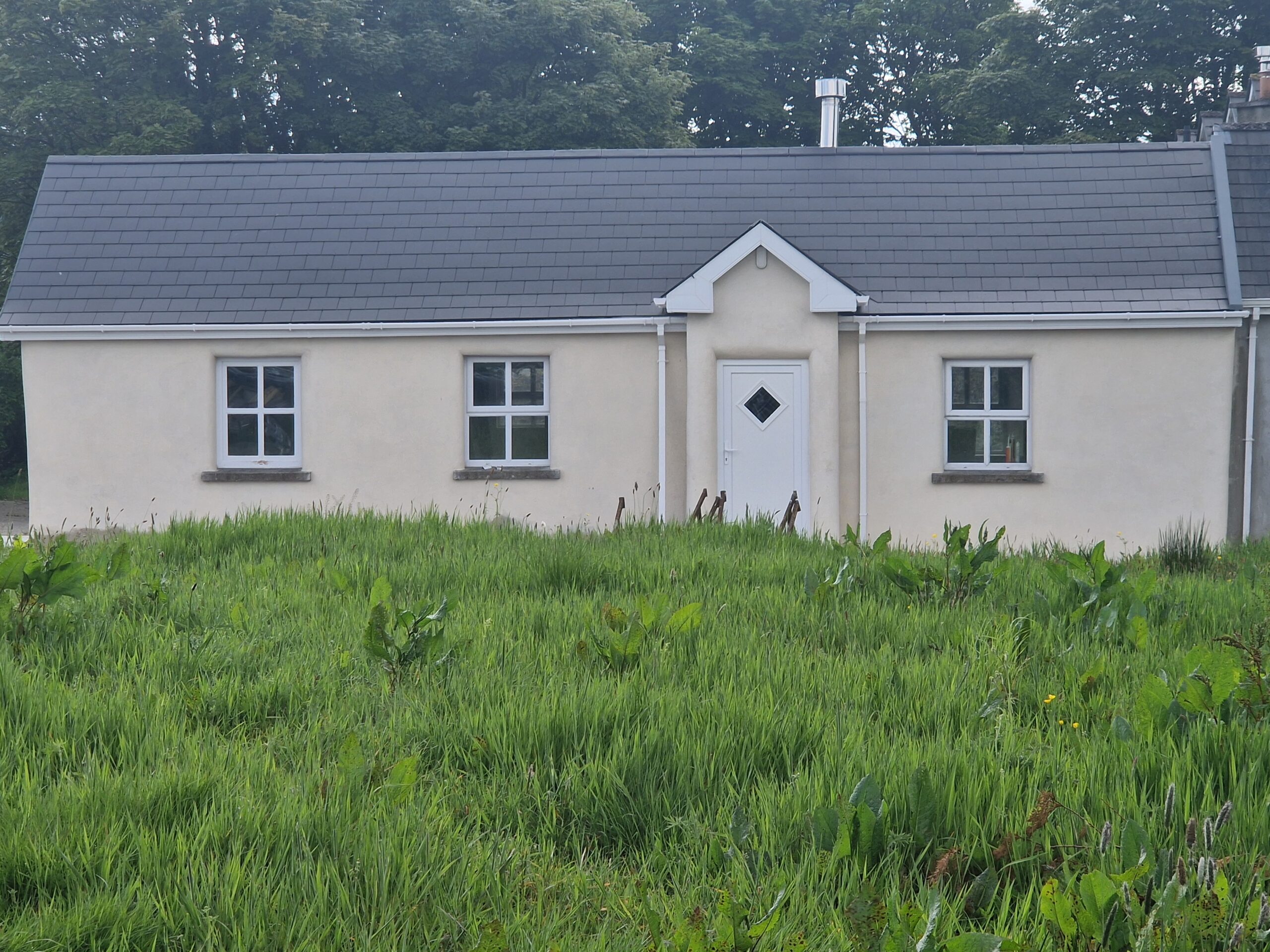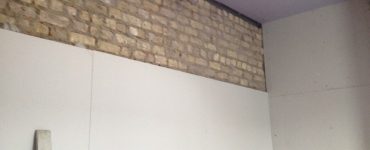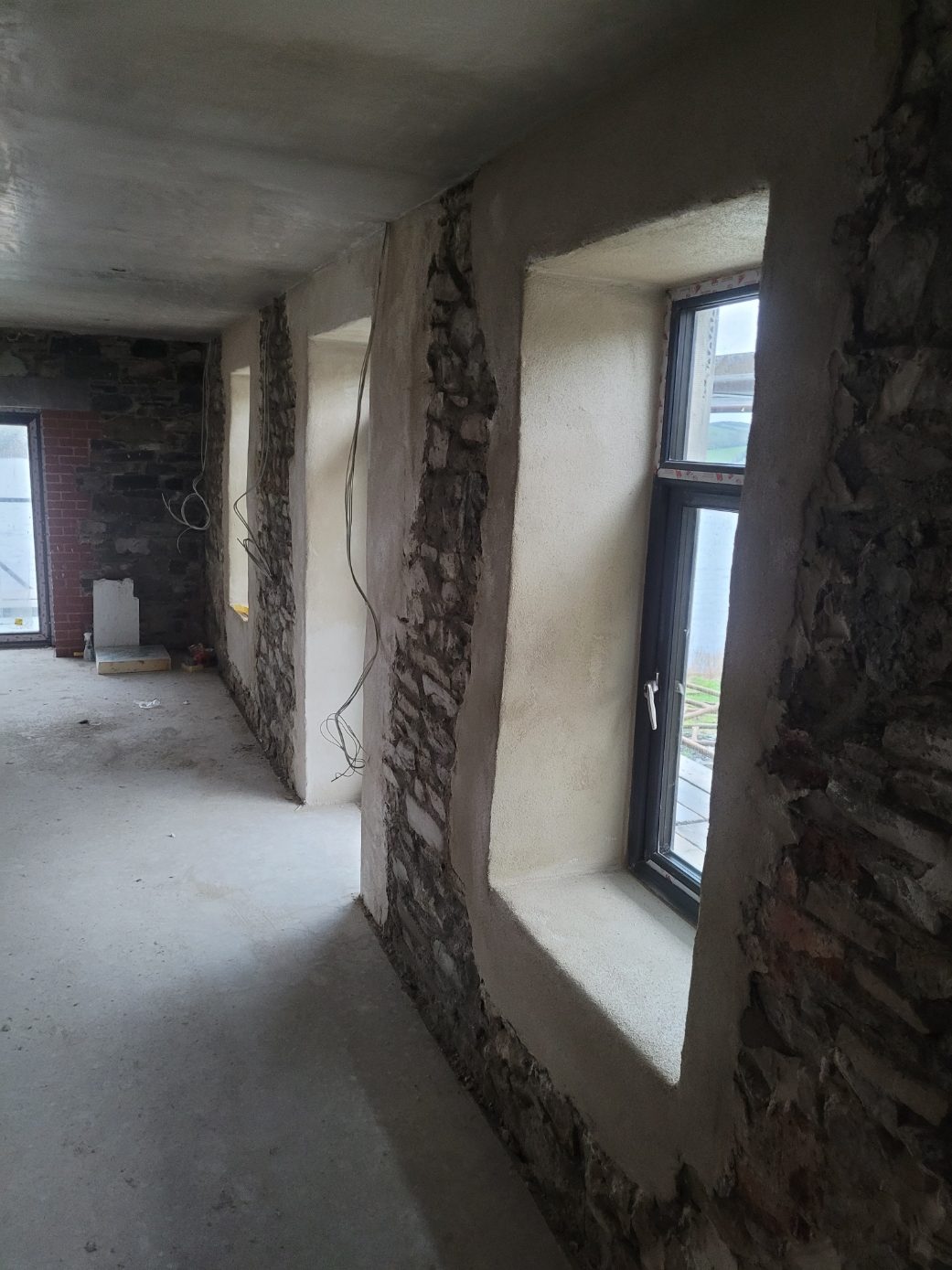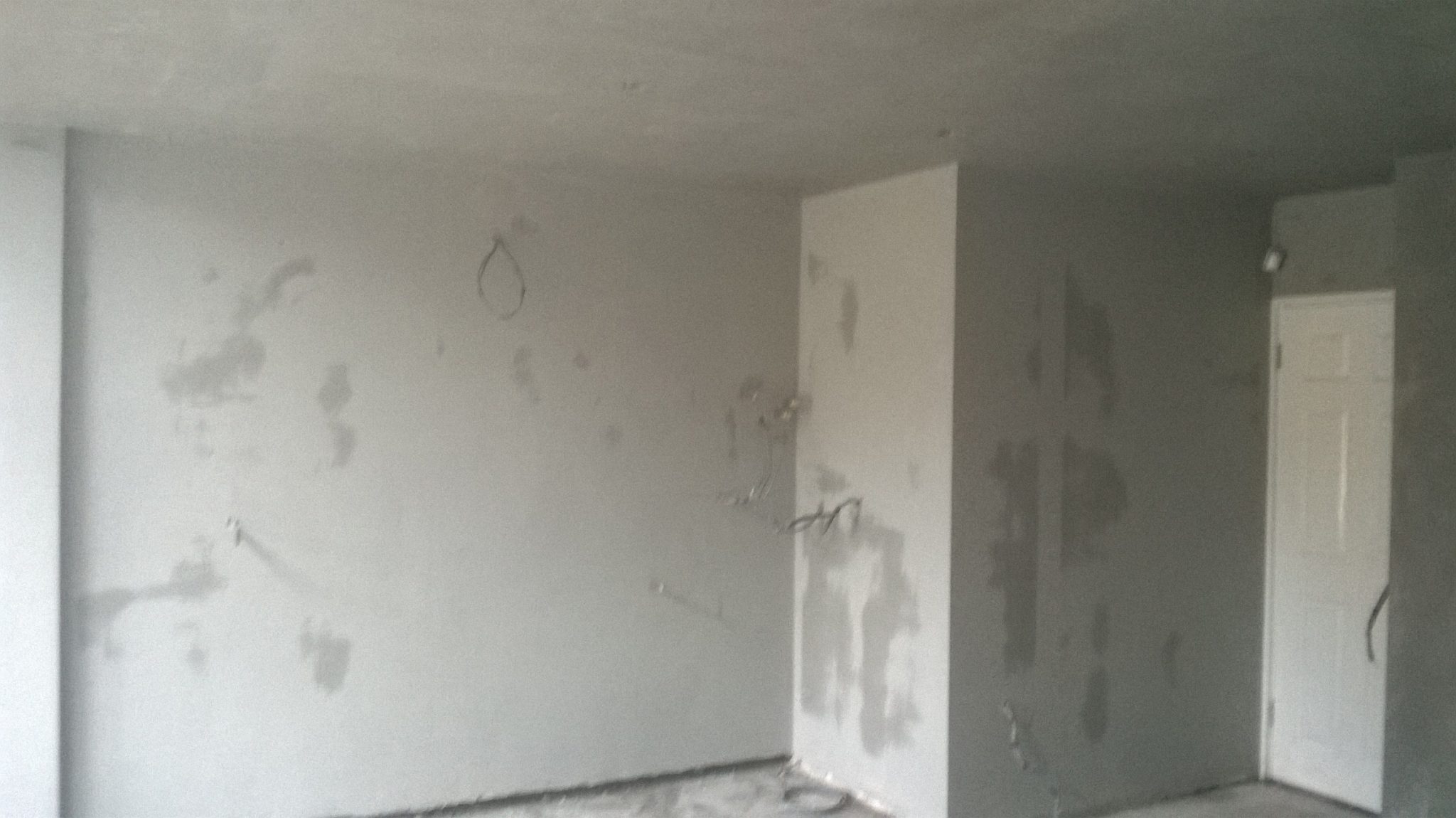[This House in Co Cavan Was Stripped and Replastered in Lime Render]
Executive Summary
This article dives deep into the renovation of a house in Co Cavan, Ireland, where the existing plaster was stripped and replaced with lime render. We explore the reasons behind this decision, the benefits of lime render, the process involved, and the challenges encountered. This detailed account offers valuable insights for homeowners considering similar renovations, highlighting the importance of careful planning, skilled craftsmanship, and the long-term advantages of natural materials.
Introduction
Nestled in the picturesque countryside of Co Cavan, Ireland, a charming house underwent a transformative renovation. The original plaster, showing signs of age and damage, was completely stripped away, revealing the raw stone walls beneath. In its place, a meticulous team of skilled artisans applied a fresh coat of lime render, breathing new life into the historic dwelling. This project, undertaken with a keen eye for both aesthetics and sustainability, offers a compelling case study for those considering similar renovations.
Why Choose Lime Render?
Lime render has emerged as a popular choice for historical and modern homes alike, owing to its unique properties and environmental benefits.
- Breathability: Lime render allows moisture to pass through its porous structure, preventing trapped humidity and ensuring a healthy indoor environment. This breathability is especially crucial in older homes where dampness can be a significant problem.
- Durability: When applied correctly, lime render can last for decades, resisting the wear and tear of time. Its ability to adapt to subtle movements in the underlying structure makes it an ideal choice for older buildings prone to settling.
- Aesthetic Appeal: Lime render offers a range of finishes, from smooth and polished to textured and rustic. Its natural, earthy tones blend beautifully with traditional architecture, adding a timeless elegance to any home.
- Sustainability: Lime is a natural and renewable resource, making lime render an eco-friendly choice. Its production process requires significantly less energy than other building materials, reducing its carbon footprint.
The Stripping Process
Removing the old plaster was a crucial first step in this renovation project. This involved meticulous work to ensure that the walls were thoroughly cleaned and prepared for the new render.
- Careful Removal: The existing plaster was carefully removed to avoid damaging the underlying stonework. This required specialized tools and experienced hands to prevent structural instability.

- Inspection and Repair: Once the old plaster was removed, the walls were thoroughly inspected for any cracks or weaknesses. These were carefully repaired using traditional techniques to ensure a solid foundation for the new render.
- Cleaning and Preparation: The walls were then cleaned to remove any remaining debris or residue from the old plaster. This involved meticulous brushing and vacuuming to create a smooth and consistent surface for the lime render.
- Moisture Control: Before applying the lime render, it was crucial to address any underlying moisture issues. This involved assessing the source of dampness and implementing appropriate solutions to ensure a dry and stable environment for the new plaster.
Applying the Lime Render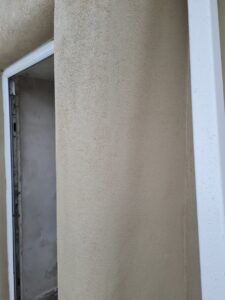
Applying lime render is a skillful process that requires patience and precision. It involves multiple layers and careful finishing techniques to create a durable and visually pleasing surface.
- First Coat: The first coat of lime render, known as the “scratch coat,” is applied directly to the prepared wall. This layer provides a rough surface for the subsequent layers to adhere to.
- Second Coat: The second coat, called the “floating coat,” is applied over the scratch coat, creating a smoother and more even surface. This layer requires careful troweling and leveling to achieve a consistent thickness.
- Final Coat: The final coat, known as the “finishing coat,” is the most visually important layer. It is applied smoothly and can be textured or left plain depending on the desired aesthetic.
- Curing and Finishing: After the final coat is applied, the lime render needs time to cure properly. This involves allowing the plaster to dry slowly and evenly, maintaining appropriate humidity levels. Once cured, the lime render can be painted or left in its natural state.
Challenges Encountered
While lime render offers numerous advantages, it also presents certain challenges during the renovation process.
- Labor Intensity: Applying lime render requires skilled labor and meticulous attention to detail. It is a more labor-intensive process than using traditional plaster, requiring specialized knowledge and expertise.
- Drying Time: Lime render takes longer to dry than other plaster types, requiring patience and careful monitoring during the curing process. This extended drying time can impact project timelines and require adjustments to the construction schedule.
- Moisture Sensitivity: Lime render is highly sensitive to moisture, requiring careful management of humidity levels during the application and curing process. Excessive moisture can lead to cracking or delamination, compromising the durability of the render.
- Cost Factor: While lime render offers long-term benefits, its initial cost can be higher than traditional plaster. This is due to the specialized labor and materials required for its application.
Conclusion
The renovation of this Co Cavan house stands as a testament to the enduring beauty and functionality of lime render. By embracing traditional techniques and utilizing natural materials, the project achieved a harmonious balance between historical charm and modern sustainability. While the process presented challenges, the rewards—a breathable, durable, and aesthetically pleasing finish—justify the investment. For those seeking a truly authentic and eco-conscious renovation solution, lime render offers a compelling alternative to conventional plastering methods.
Keywords:
- Lime render
- Co Cavan
- Renovation
- Traditional techniques
- Sustainability

